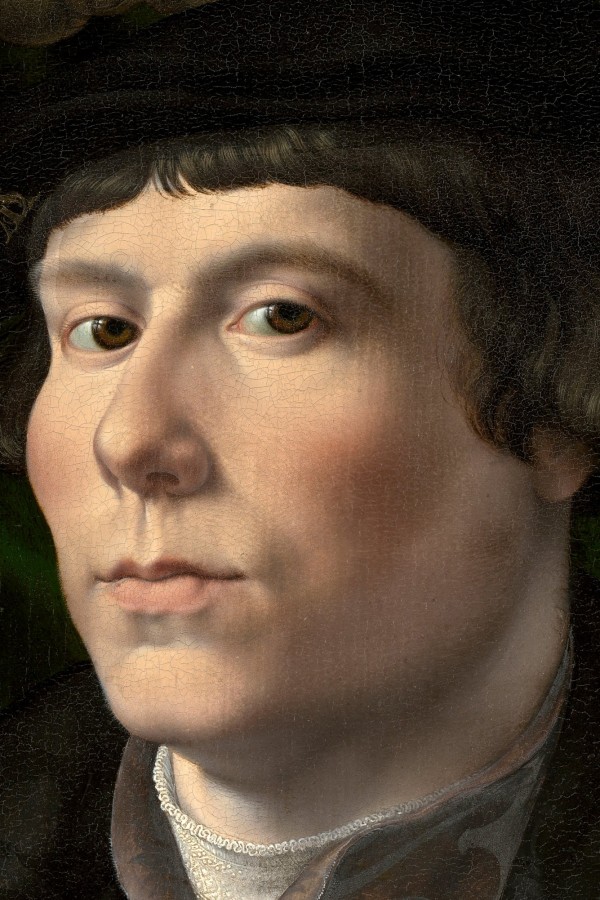Gossaert’s Merchant, c. 1530

Date: c. 1530
Gossaert’s Merchant Creator of the image: Jan Gossaert Date of the image creation: c. 1530 Medium of the image: Oil on panel Person depicted: A merchant, possibly Jeronimus Sandelin Jan Gossaert (c1478–1532) was a Flemish painter born in Maubeuge, a town in present-day France. Nothing is known of his youth. Gossaert’s first appearance in the historical record was in Antwerp in 1503 when he became a master in the painters’ guild. Then he served Philip of Burgundy, the bastard of Philip the Good, until his patron’s death in 1524. Thereafter, Gossaert received a number of commissions from private patrons of the arts, spending his final years in Middelburg. As its title of this artwork makes explicit, this is a Portrait of a Merchant. In the early sixteenth century this was a profession that was, at best, seen as an ambivalent, and, at worst, viewed with outright contempt. Like other occupational portraits done in the tradition of Northwest Europe, the merchant is depicted surrounded by the tools of his trade: quills, ink pots, sealing wax, scales, coins, and piles of papers labelled ‘letters’ and ‘drafts’. There is even an ornate black dagger suspended above his head. His long, pale fingers are adorned with golden rings, and his elegant dress indicates him to be a prosperous businessman. The portrait may be of Jeronimus Sandelin, a merchant who later became a tax collector in Zeeland. The large wooden frame is dominated by the merchant’s figure, with his face occupying a central position. He pauses his writing mid-sentence, quill still on the page, and returns the artist’s gaze. There is a cautious prudence in his expression, both wary and calculating. Despite the suspicion with which merchants and usurers were viewed, Gossaert’s portrait does not resort to caricature: the merchant is depicted with a sense of detached dignity, his features rendered with great skill so as to convey a sense of depth and life.
Quotes
No quotes found.
Login to add a quote